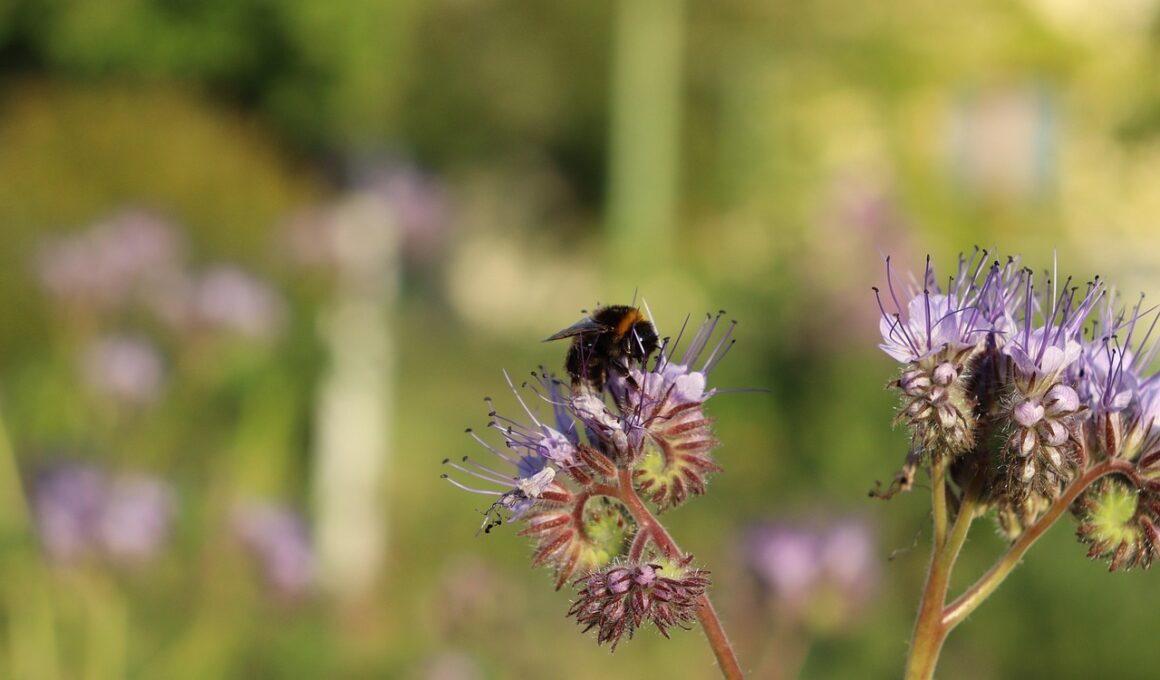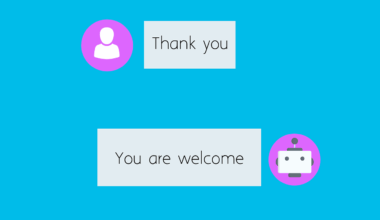Pinterest Boards for Pollinator-Friendly Planting
Pinterest is a fantastic platform to discover creative ideas about gardening, including inspiring boards specifically focused on pollinator-friendly planting. These boards can serve as valuable resources for gardeners looking to enhance their gardens while supporting local biodiversity. Pollinator-friendly gardens attract vital creatures such as bees, butterflies, and hummingbirds, which contribute significantly to our ecosystem. When browsing Pinterest, you can find boards dedicated to various native plants that promote the health and well-being of pollinators. Many users curate collections showcasing specific plants that flourish in your region, considering factors such as climate, soil type, and seasonal changes. By pinning various ideas, you can develop an effective planting strategy that works best for your outdoor space. From wildflower meadows to container gardening, each board provides unique insights and tips on selecting the right plants to attract pollinators. Use Pinterest to explore various pollinator gardens around the world, which can inspire your designs and enhance your gardening experience. Join community discussions in comment sections to share successes and challenges, creating a network of like-minded individuals passionate about pollinator-friendly gardens.
When creating your Pinterest boards for pollinator-friendly planting, consider including specific sections dedicated to different pollinator species. For instance, introducing sections for butterflies, bees, and hummingbirds allows you to strategize targeted planting goals. Each section may highlight the preferred plants, flowers, and resources necessary to create a thriving habitat for each species. Popular pins may showcase nectar-rich plants, host plants for caterpillars, or specific garden layouts that attract these essential pollinators. Utilizing a combination of annuals, perennials, and native species ensures your garden flourishes throughout the seasons, providing continuous food sources for pollinators. Including tips for maintenance, such as organic pest control methods or ways to prepare the soil, can further enhance your boards. A well-organized Pinterest board can also attract attention from others, leading to increased engagement. Collaborate with other users by inviting them to contribute to your boards or sharing pins that resonate with your gardening philosophy. This community aspect fosters a sense of belonging and collective learning, which increases knowledge about caring for pollinators and promotes wider awareness about the need for sustainable gardening practices.
Engaging with the Community on Pinterest
Engagement is critical when building a Pinterest board community focused on pollinator-friendly planting. By actively following other users, liking their pins, and commenting on posts, you can cultivate connections with fellow garden enthusiasts who share similar interests. Liking and sharing actively promotes a supportive atmosphere where you can learn from each other and exchange tips for success. Pinterest’s algorithm rewards meaningful engagement, allowing your boards to reach a wider audience over time. Don’t hesitate to respond to comments on your pins, sharing personal experiences and insights to help others in their gardening journey. Additionally, consider joining group boards that focus on pollinator preservation to share your knowledge and resources. This can significantly amplify your reach, as group boards allow multiple contributors to pin their ideas and experiences, leading to a rich tapestry of information available to all followers. With the right collaborative spirit, Pinterest can bridge the gap between passionate gardeners and promote greater awareness about the importance of pollinator-friendly planting to improve local ecosystems and inspire sustainable living.
Furthermore, visual storytelling plays a pivotal role in attracting viewers to your Pinterest boards. High-quality images of vibrant flowers, flourishing gardens, and happy pollinators evoke emotions and spark interest among viewers browsing the platform. Be mindful of the aesthetics of your pin images, ensuring that they are bright, clear, and showcase plants in their best light. Moreover, consider incorporating infographics that explain the importance of creating pollinator gardens or lists illustrating plants that attract specific species. These are shareable images that can entice users to repin and share your boards with their followers. Experimenting with different formats, such as videos showcasing gardening techniques or time-lapse growth of flowers, can further enrich your boards. These engaging formats can captivate your audience’s attention and encourage interaction. Overall, thoughtfully curated boards can inspire others to take actionable steps toward building their own pollinator-friendly spaces, generating a positive ripple effect in local communities. Every pin offers a unique opportunity to educate and motivate others to appreciate and promote the necessary contributions of pollinators in our ecosystem.
Utilizing Keywords for SEO
Utilizing effective keywords in your Pinterest board descriptions and individual pins can significantly impact their discoverability. When crafting descriptions, aim for relevant, popular terms that potential gardeners might search for. Keywords related to pollinator gardening, such as “native plants for pollinators,” “pollinator-friendly flowers,” and “butterfly garden ideas,” can help elevate your boards in search results. Consider adding location-based keywords to target local gardeners, making it easier for people nearby to connect with your content. Using hashtags strategically within your board descriptions or pin captions can also boost visibility and attract audiences beyond those who directly follow you. Additionally, monitor trending topics within the gardening niche to stay ahead of current interests. Staying updated will also inspire fresh ideas for new pins and boards. Regularly assess the performance of your pins using Pinterest analytics to understand which keywords drive the most engagement, helping you optimize future content. By implementing SEO strategies effectively, your boards will gain traction and foster a dedicated following interested in pollinator-friendly gardening practices.
To encourage at-home gardeners to embark on a journey toward establishing pollinator-friendly spaces, consider sharing personal stories or experiences on your Pinterest boards. Anecdotes about the challenges, triumphs, and surprises in your gardens resonate with readers because they foster a genuine connection. This genuine sharing of experience humanizes the art of gardening, making it feel more relatable to aspiring gardeners. Showcasing before-and-after images of garden transformations can serve as powerful motivation for others exploring pollinator-friendly planting options. Include tips from your journey that led to your successes or mistakes that taught you invaluable lessons—these insights bolster the sharing community that Pinterest thrives on. Visual documentation of your gardening process can inspire others to apply these lessons to their unique spaces. As more gardeners feel inspired and empowered to take action, they contribute to enhancing pollinator habitats in their localities. This collective effort can trigger a positive chain reaction that fosters ecological awareness and appreciation for nature’s important pollinators.
Resources to Enhance Your Boards
Lastly, your Pinterest boards can be enriched by including links to valuable external resources. Curate a collection of gardening blogs, articles, or research studies highlighting the significance of pollinators and effective planting strategies. By providing authoritative sources, you build credibility within the gardening community and create a richer experience for your followers. Consider linking to organizations that promote pollinator-friendly practices or state-focused gardening extensions to encourage users to delve deeper into their studies. Additionally, including free downloadable templates for planting layouts or checklists can streamline the gardening process and enhance engagement on your boards. With these resources at hand, users can gain confidence in their gardening abilities and understand their role in fostering pollinator-friendly spaces. Sharing visually appealing PDFs for garden planning offers a practical touch that followers appreciate. Your boards can become comprehensive guides, inspiring others to join the necessary effort for restoring balance in ecosystems through mindful planning and cultivating a love for gardening while benefiting crucial pollinator populations.


